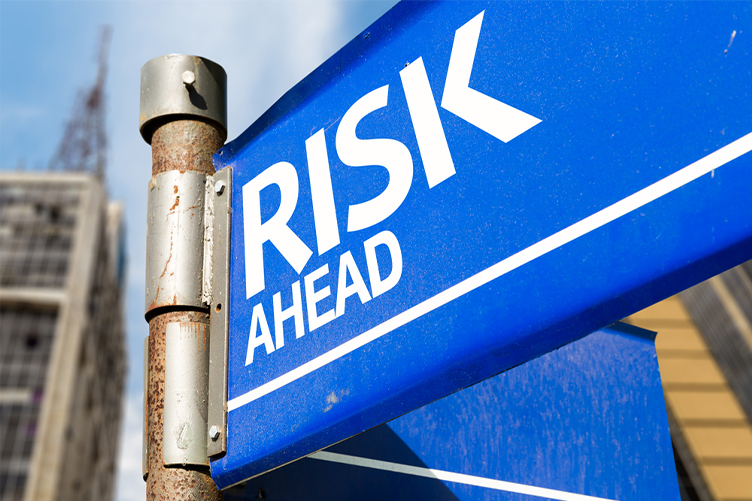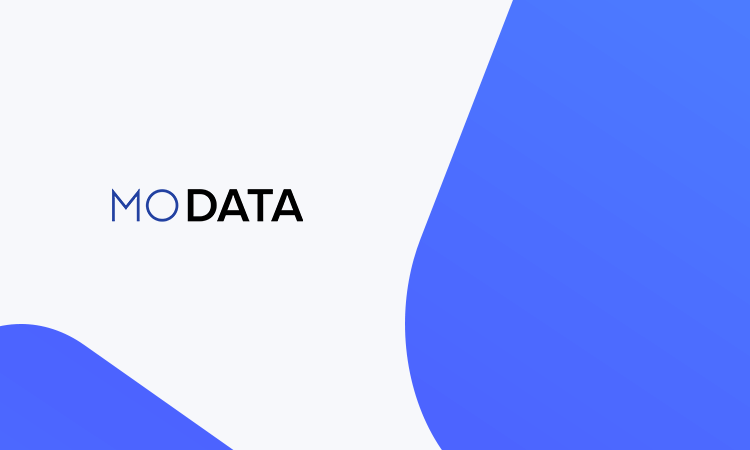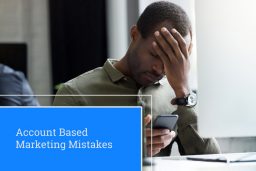
Introduction
Achieving forecasted funnel conversion is a real challenge for most sales teams. In fact, according to CSO’s 2018 Sales Operations Optimization Study, on average, 60% of all deals forecasted by reps in the beginning of the quarter do not end up closing after all. This leads to unreliable forecast and end-of-quarter scramble along with budgeting issues.
Most sales teams forecast end-of-quarter results based on certain sales funnel conversion assumptions. Since a great majority of sales cycles are more than 2 months, final end-of-quarter sales results depend on the state of beginning-of-quarter sales pipeline and sales conversion assumptions, sales results will be off compared to sales forecast if conversion assumptions actually do not materialize.
While accurately predicting the amount of slack in the process is really difficult, sales managers can rely on some metrics which act as a leading indicator for any such problems brewing in their sales funnel .
The rest of the article:
- Describes leading indicators
- Offers tips about calculating such indicators, and
- Recommends techniques to systematically address such conversion issues mid-quarter
Leading indicators of imminent sales conversion problems include
- Activity Conversion Rate and Customer Engagement
- Pipeline stage conversion rate
- Opportunity source
Figuring out the leading indicators of your sales funnel conversion metrics is one of the most crucial aspects of improving the health of your pipeline.
Activity Conversion Rate and Customer Engagement
Activity conversion rate measures how many operations and interactions your reps perform before they close a deal. These operations include number of emails, number of calls, number of meetings, etc.
For example, the historical average for a lead reaching the demo stage is 12 emails. Knowing this allows you to figure out there is a problem if that number suddenly jumps to 16. The increase in activities would result in a longer sales cycle which will negatively affect your end of the quarter outcomes.
Customer Engagement
Activity conversion rate measures actions on the side of your sales team. On the side of the customer, you measure customer engagement metrics (time until customer replies, tone and length of replies, etc.).
Customer engagement is more difficult to quantify than other metrics. As a result, many sales people completely neglect measuring engagement. However, once you start collecting data, the emerging trends will make it a lot easier to judge all the opportunities in your pipeline and remove the ones that are less likely to be closed won. But what should you pay attention to?
Here are some activity conversion and customer engagement metrics you should be following:
- Number of stakeholders contacted – allows you to figure out how many stakeholders you need to contact before you supply the funnel with enough leads to reach your targets;
- Frequency and quality of the communication – how often and how well prospects are responding is a great indication of their interest;
- Length of communication – longer is usually better as it suggests more questions and detailed explanations;
- Customer attitude – negative attitude can rarely be turned;
- Number of meetings with decision makers – how many meetings you need with decision makers before you close the deal;
- Number of demos presented – how many demos you need to present before you close the deal;
All of the above are leading indicators of conversion rate problems. Measuring them allows you to gauge the quality and quantity of your pipeline.
How to Use Activity Conversion Rate as a Leading Indicator
Ask yourself questions about each measurement. Questions, such as:
“Based on my average conversion rates (more on this below), have I contacted enough stakeholders to reach my targets?” If the answer is “no”, contact more stakeholders.
“Have I set up enough demos to meet my quota?” If the answer is “no”, work towards setting up more demos.
“I’ve sent this customer double the average number of emails based on our historic average. Should I take them out of the pipeline or should I change my approach?”
“Have I arranged enough meetings with decision makers this quarter?” If not, then get to it.
Answering such questions will give you a much better insight into the condition of your pipeline. Armed with this information, you won’t have to wait for the end of the quarter before you can make adjustments.
Measuring all of these metrics can be time consuming. Not to mention difficult to interpret. However, there are a few state-of-the-art predictive sales forecasting tools on the market, including MoData that help you take communications related factors into account.
Pipeline stage conversion rate
Conversion between the pipeline stages is one of the most important leading indicators of end of quarter results. Historical averages tend to hold true unless there is a substantial change in how your business operates. Typically 1 year worth of data is what you need for this purpose. One year data is adjusted for seasonality of your business, buying cycle, rep-churn, etc.
Let’s start by introducing the most typical pipeline stages:
- MQL – Marketing thinks its a good lead so they send it to sales;
- SAL – Sales accepts the lead (because it complies with some historically matched criteria);
- SQL – Sales has a meeting with the customer and after the meeting they still think it’s a good lead (generally they will use a criteria called BANT or MEDDIC);
- Opportunity – Establish a criteria to close this deal. Estimate close date;
- Demo – a demonstration of the product;
- Legal / Contract signing;
- Won Opportunities – The deal is successfully closed;
The CR in each stage indicates how well you will probably do at the end of the quarter. By applying the conversion rates to the number of leads in your funnel, you can easily figure out a prognosis of your end-of-quarter numbers.
Now that we’ve introduced the definitions, let’s delve deeper into how to use the conversion rates between the stages as leading indicators.
How to Use Pipeline Stage Conversion Rate
Here’s how to use these metrics to improve your sales numbers. Identify the weaknesses in your sales funnel by looking at the conversion rates and time in stage for each stage. This way you can determine where your leads are falling off and look for ways to improve in that stage.
Some of the most common funnel conversion issues typically experienced by sales team include:
More leads than usual falling out after the demo?
- You need to improve your demo.
- The problem might be caused by new reps who need better training.
- The product has changed but the training hasn’t been updated.
Reason can be different but you need to pay attention to this.
Less leads than usual are moving along after the first contact?
- You probably need to improve prospecting criteria used as you marketing team is targeting the wrong persona.
- Your MQL criteria needs to be tightened.
Less opportunities than usual are converting after the proposal?
- This typically points to over-promise and under-deliver scenario. Your price is higher than the perceived value of your offering by the customers. Common issues include:
- Demo and POC issues where customers did not perceive value;
- Complicated pricing structure;
- Pricing is too high for the customers use case;
- The issue might be in qualification where your sales team did not establish need or budget properly before sending the proposal;
Are leads spending more time than average in the opportunity stage?
- This indicates a bottleneck and you should focus on removing it.
As you can see, measuring these conversion rates gives you a much clearer picture of your sales pipeline. You can use these metrics over the course of several years and keep track of how you’re doing year-to-year and trying to improve them. If you’re having a hard time tracking all of this data systematically, pipeline management tools become your best friends!
Opportunity Source as a Leading Indicator
Opportunity source is a great leading indicator of pipeline conversion rate problems. Opportunities originating from different sources tend to have different pipeline characteristics. For example, an inbound lead will typically move faster through the funnel than an outbound lead.
When you calculate historical metrics related to opportunities belonging to a lead source, you can get an idea about how your current pipeline is likely to behave. A higher than usual number of leads from sources that take longer to close is sure to cause problems in meeting your targets at the end of the quarter regardless of your conversion rates. The same dynamics applies to other metrics which depend on lead source.
Lead source tends to affect conversion rate, size of deal, sales cycle, and more. Here are some common lead sources you are likely to encounter :
- BDR prospected;
- SDR qualified;
- Inbound marketing;
- Trade shows/special events;
- Referral;
- Partner;
- PR;
You need to know how long it takes you to close leads from each source. Determining the sales velocity will be vital if you want to project your end-of-the-quarter results early on. It will allow you to adjust midway through the quarter before things get too out of hand and you fail to meet your target for the quarter
How to Use Opportunity Source as a Leading Indicator
Knowing the speed with which leads move through your funnel based on their source allows you to make data-driven decisions in regards to your targets.
Timing is an important consideration. If you’re already mid-quarter and it doesn’t seem like you will reach your goals, you can adapt by introducing more high-velocity leads to your pipeline.
Make no mistake, tracking all this data is a ton of work. That’s why there are companies like MoData take these metrics and translate them into useful action-ready information. Forget about sifting through excel sheets. With the help of AI-powered tools, we make sorting out this data simple and actionable. We also enable powerful predictive properties so you can leave the guesswork at the door.
Conclusion
Identifying and tracking the leading indicators of sales funnel conversion metrics isn’t easy. It takes time, preparation and processing power. However, it’s still essential. Without it, you’re playing the sales game with a blindfold on, with arms tied behind your back and on one foot.




